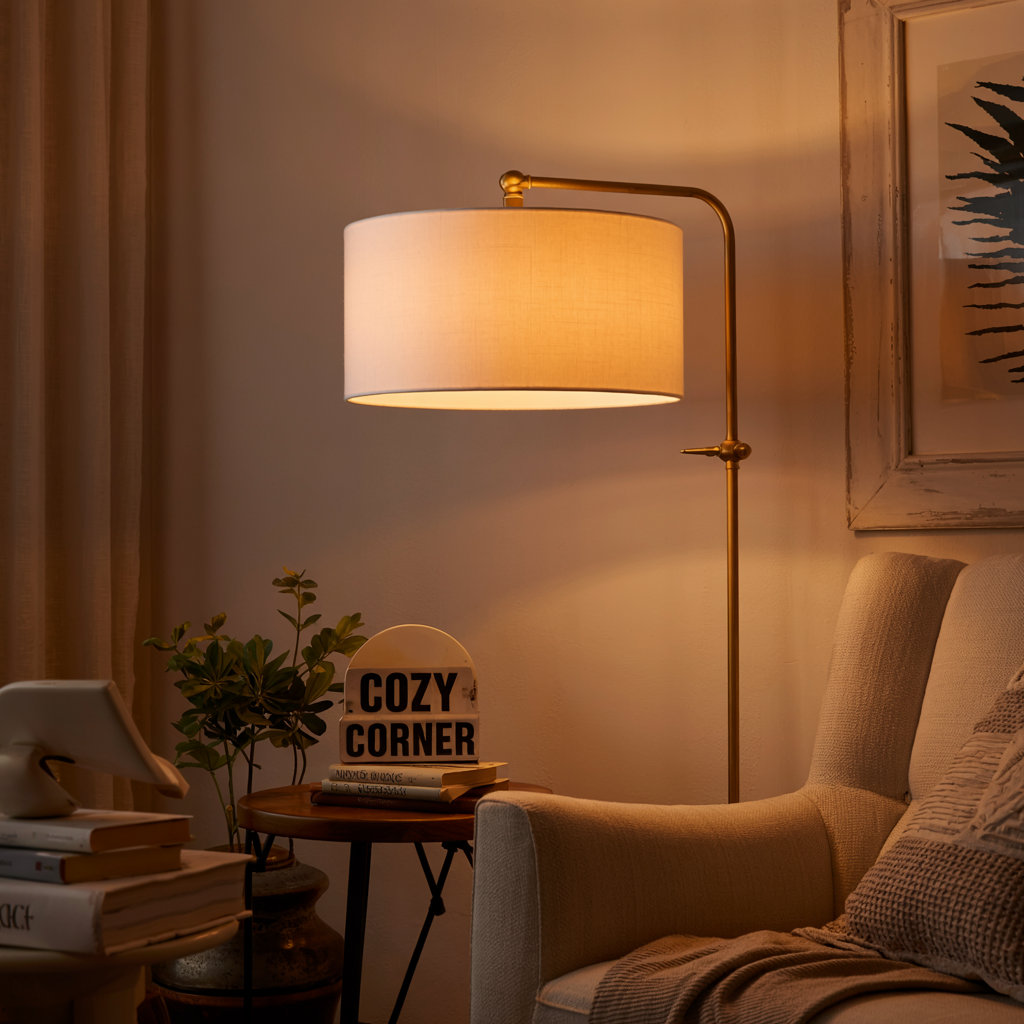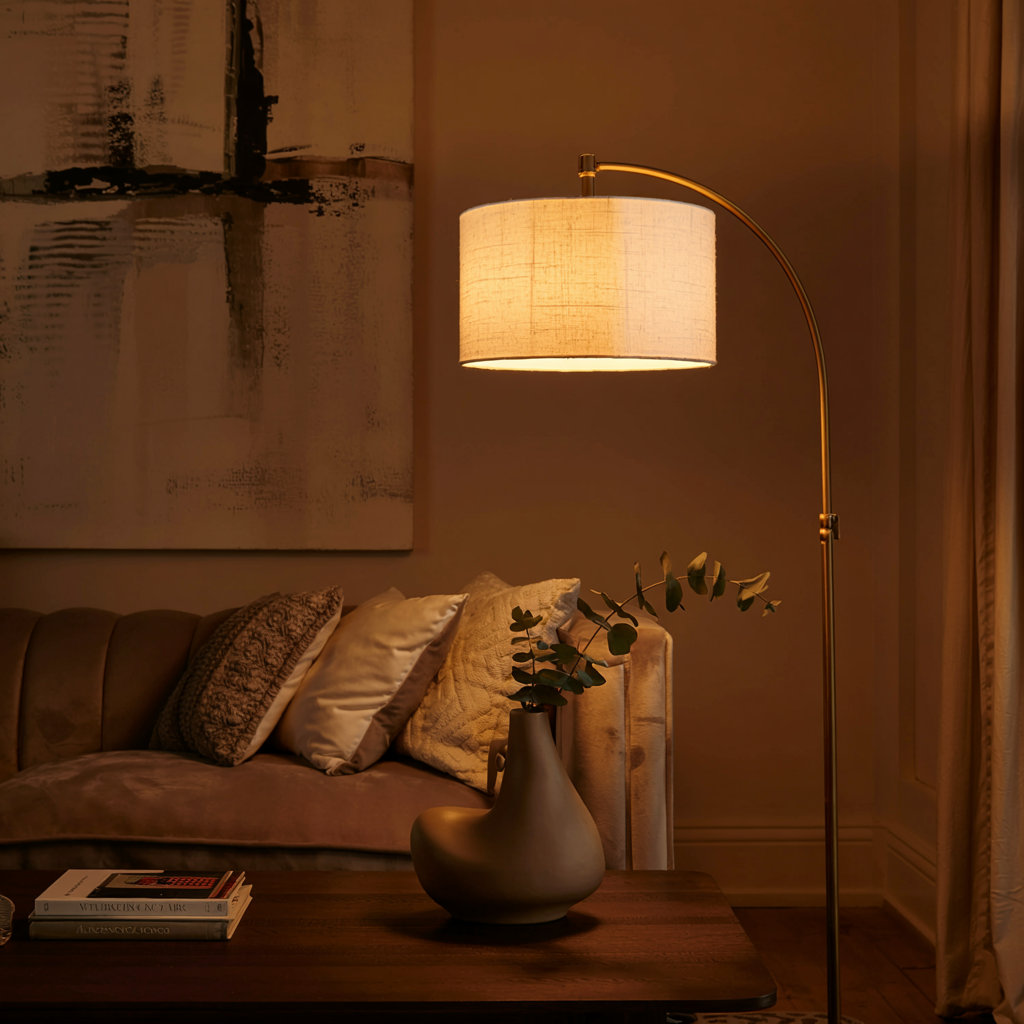How Many Can Lights in a 20×20 Room Without: Determining The Right Number
How many can lights in a 20×20 room without? Effectively involves more than just throwing in a bunch of lights. It’s about achieving the right ambiance and sufficient illumination for various activities. This guide will walk you through determining the appropriate number of recessed lights, often referred to as can lights, for your 20×20 space,…
How many can lights in a 20×20 room without? Effectively involves more than just throwing in a bunch of lights. It’s about achieving the right ambiance and sufficient illumination for various activities. This guide will walk you through determining the appropriate number of recessed lights, often referred to as can lights, for your 20×20 space, considering factors like ceiling height, room purpose, and desired lighting levels. We’ll explore different lighting styles, energy efficiency, and installation considerations to help you make an informed decision.
A 20×20 room has a total area of 400 square feet (20ft x 20ft = 400 sq ft). This is a crucial starting point for estimating lighting needs.
Lumens measure the total light output of a bulb, while illuminance (measured in lux or foot-candles) measures the amount of light falling on a surface.
Higher lumen output generally means brighter illumination. You need to balance lumens per fixture with the total number of fixtures to achieve the desired brightness.
How Many Can Lights in a 20×20 Room Without?
A 20×20 room typically needs 8 to 12 can lights, spaced about 4 to 5 feet apart. Using the rule of 1 light per 4 square feet, 10 lights usually provide balanced illumination. Adjust based on ceiling height, bulb wattage, and desired brightness.
Read More: How Bright Should Living Room Lighting Be? Achieving The Right Brightness
Color Temperature (Kelvin)

Color temperature is measured in Kelvin (K) and affects the “warmth” or “coolness” of the light. Lower Kelvin values (2700K-3000K) produce warmer, yellowish light, ideal for relaxing spaces. Higher Kelvin values (5000K-6500K) produce cooler, bluish light, suitable for task-oriented areas.
Factors Affecting the Number of Can Lights Needed

Ceiling Height
Higher ceilings require more light fixtures to achieve even illumination. The light from each can light will spread further, reducing the intensity at floor level.
Room Purpose
A living room requires a different lighting scheme compared to a kitchen or home office. Living rooms might need softer, ambient lighting, while kitchens need brighter, task-oriented lighting.
Ambient, Task, and Accent Lighting
Consider three layers of lighting: ambient (general illumination), task (focused light for specific activities), and accent (highlighting architectural features or artwork). A mix of these layers creates a more versatile and functional lighting design.
Light Fixture Type and Wattage
Different can lights have different lumen outputs, even at the same wattage. LEDs are generally more energy-efficient and produce more lumens per watt than incandescent or halogen bulbs. Always check the manufacturer’s specifications.
Read More: 12 Bedroom Flush Mount Lighting Ideas to Brighten Your Space in Style
Calculating the Number of Can Lights
| Room Size (ft) | Area (sq ft) | Spacing (ft) | Total Lights Needed |
|---|---|---|---|
| 10 x 10 | 100 | 4 | 6–8 |
| 12 x 12 | 144 | 4–5 | 6–9 |
| 15 x 15 | 225 | 5 | 9–12 |
| 20 x 20 | 400 | 4–5 | 10–12 |
| 25 x 20 | 500 | 5 | 12–16 |
| 30 x 20 | 600 | 5–6 | 14–18 |
The Rule of Thumb
A common rule of thumb is to use 1-1.5 watts per square foot. This, however, varies greatly based on the type of bulb and the desired light level. An LED emitting 800 lumens is substantially brighter than an incandescent bulb with the same wattage.
The Lux Method
The more precise method involves calculating the required lux level for the room’s purpose and then dividing the total area’s required lumens by the output of each fixture. This requires a little more calculation but offers a more accurate result.
Lighting Layouts and Spacing
Even spacing of can lights is essential for uniform illumination. Consider a grid pattern or a staggered arrangement to avoid dark spots. The spacing between fixtures depends on the beam angle of the light bulbs.
Choosing the Right Can Lights
Types of Can Lights
Consider recessed lights, track lighting, or pendant lights, depending on your aesthetic preferences and ceiling type. Recessed lights are usually the most common choice for a 20×20 room.
Energy Efficiency and Cost Considerations
LED vs. Incandescent Bulbs
LEDs are significantly more energy-efficient and have a much longer lifespan than incandescent bulbs. The initial investment might be higher, but the long-term savings on energy bills are substantial.
Dimmable Lights
Dimmable lights offer flexibility to adjust brightness levels according to the time of day and activity. They contribute to energy savings and a more pleasant atmosphere.
Installation and Wiring Considerations
Professional Installation
While DIY installation is possible, it’s advisable to consult a qualified electrician, especially for complex setups or if you’re unfamiliar with electrical work. Incorrect wiring can lead to safety hazards.
Wiring Capacity
Ensure your existing electrical circuit has sufficient capacity to handle the additional load from the new lights. Overloading a circuit can cause it to trip or even start a fire.
Placement and Safety
Proper placement is crucial to avoid glare and shadows. Consider the placement of furniture and other elements in the room.
Design Considerations for a 20×20 Room
Multiple Lighting Zones
Divide the room into zones (e.g., seating area, dining area, reading nook) and use different lighting levels and styles for each zone.
Layered Lighting Scheme
Combine ambient, task, and accent lighting for a versatile and well-lit room. This will create a dynamic atmosphere that can be easily adjusted depending on the occasion.
Style and Aesthetics
Choose can lights that complement your overall interior design style. Consider the trim finish, size, and bulb shape when making your selection.
Troubleshooting and Maintenance
Troubleshooting Dim or Flickering Lights
Issues with dim or flickering lights might indicate a faulty bulb, a loose connection, or a problem with the circuit breaker. Check each component before seeking professional help.
Comparison with Other Lighting Options
Comparison with Chandeliers
Chandeliers offer a more decorative lighting solution, but might not provide the same level of uniform illumination as recessed lights, especially in a large room.
Comparison with Track Lighting
Track lighting is highly versatile and allows for adjustable placement of lights, making it suitable for task-oriented areas.
Frequently Asked Questions
How many can lights do I need for a 20×20 room?
There’s no single answer, as the number of can lights depends on several factors: ceiling height, desired light levels, room function, and bulb type. However, a reasonable starting point for a 20×20 room might be between 8 and 12 recessed lights, using energy-efficient LED bulbs.
What is the ideal spacing between can lights?
The ideal spacing depends on the beam angle of your chosen bulbs. Generally, you’ll want to space lights roughly 6-8 feet apart for even illumination.
What type of bulbs are best for can lights?
LEDs are highly recommended due to their energy efficiency, long lifespan, and wide range of color temperatures.
How much does it cost to install can lights?
The cost depends on factors such as the number of lights, the type of fixtures, labor costs, and any necessary electrical work. Expect costs to vary significantly based on your location and the complexity of the installation.
Final Thoughts
Determining the number of can lights for your 20×20 room involves careful consideration of various factors, from the room’s purpose and size to the desired lighting levels and energy efficiency. While a general rule of thumb can serve as a starting point, calculating the required lumens based on the desired lux level offers a more precise approach. Remember to choose energy-efficient LED bulbs, consider a layered lighting approach, and always prioritize safety by ensuring correct wiring and possibly consulting with a qualified electrician for installation. By following these steps, you can create a well-lit and aesthetically pleasing space in your 20×20 room. With careful planning and the right choices, you’ll create a room that is both functional and beautifully illuminated.

